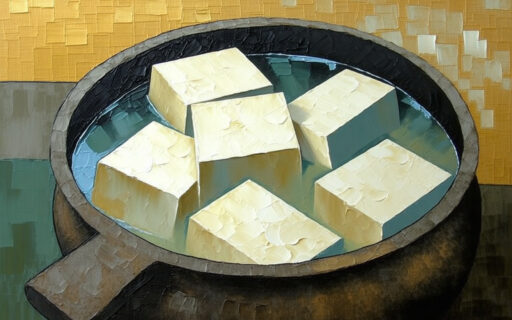- #Goes with alcohol
-
味玉
A soft-boiled egg marinated in soy sauce and dashi. Commonly served as a ramen topping, yet also enjoyed as a savory side dish with sake, appreciated for its rich and creamy yolk.

-
アジフライ
Ajifurai is breaded and deep-fried horse mackerel. It features a crispy coating and fluffy interior, and tastes especially amazing near the port.

-
あん肝
Ankimo is steamed monkfish liver, known as the “foie gras of the sea” for its rich flavor and creamy texture. It is often enjoyed as a sake appetizer.

-
ウツボの唐揚げ
Utsubo no Karaage is a local dish from Kochi Prefecture, made by frying moray eel. Despite its fearsome appearance, it has fragrant crispy skin and tender, springy white flesh.

-
枝豆
Edamame are young soybeans harvested before full maturity and typically boiled in salted water. Unlike tofu, natto, or kinako—which are all made from mature soybeans—edamame are enjoyed as a fresh, lightly sweet, and tender snack.
-
おでん
A classic Japanese winter stew with a gentle soy-based broth. Ingredients include daikon radish, boiled eggs, konjac, and fish cakes, simmered for hours. Flavors vary between eastern and western Japan.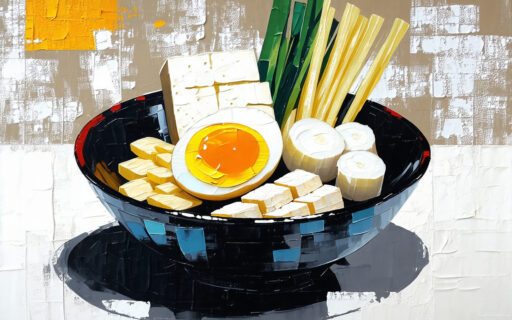
-
温泉卵
Originally named after eggs cooked in hot springs, this dish is now made by gently heating eggs at a low temperature. The white is soft while the yolk is creamy, often enjoyed as a snack with sake.

-
牡蠣
Japanese oysters are harvested nationwide, with Hiroshima and Akkeshi being especially famous. Enjoyed raw, grilled, or fried, they are known for their rich, milky flavor.
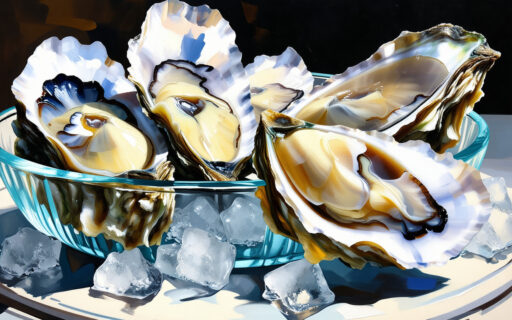
-
カツオのたたき
Katsuo no tataki is seared bonito sashimi and a specialty of Kochi Prefecture. Also called “Tosa-zukuri,” the straw-seared version is especially aromatic and flavorful.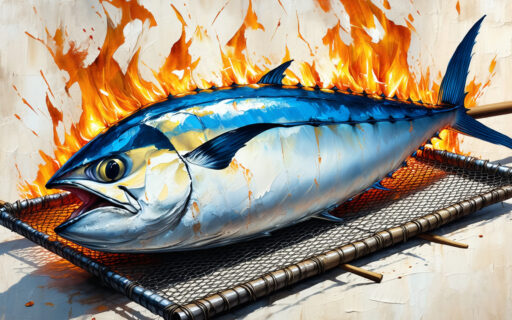
-
串揚げ
Kushiage is a dish of skewered meat, vegetables, or seafood coated in batter and deep-fried. In Kansai, it is also known as “kushikatsu.” Crispy outside and juicy inside, it’s a popular comfort food.

-
串焼き
Kushiyaki refers to the Japanese grilling method of cooking skewered foods over charcoal or a grill. Yakitori is considered a type of kushiyaki, and a variety of ingredients like meat, fish, and vegetables are used.
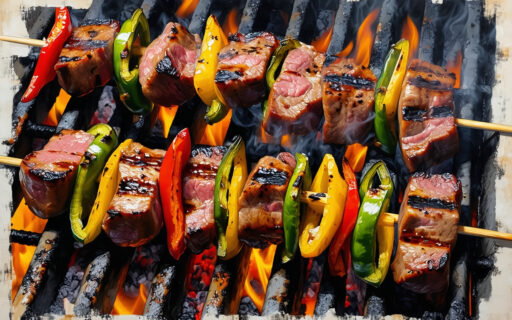
-
黒造り
Kurozukuri is a type of salted squid enhanced with squid ink, known for its rich umami and deep flavor. Often enjoyed with sake.

-
刺身
Sashimi is a Japanese method of slicing raw ingredients thinly, typically referring to seafood, but it can also include chicken, konnyaku, or vegetables.
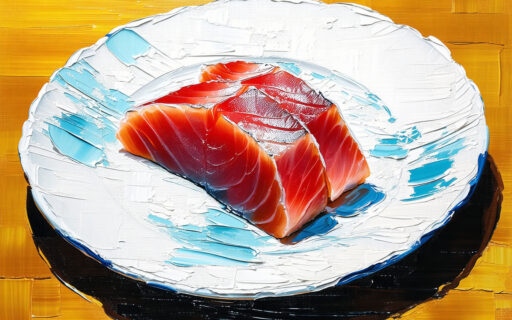
-
椎茸
Shiitake mushrooms are a cornerstone of Japanese cuisine, valued for their rich aroma and umami flavor. They are enjoyed grilled over charcoal or used in soups and stews.

-
酒盗
Shutou is a strongly flavored Japanese delicacy made by fermenting bonito entrails with salt and rice malt. While similar to shiokara, it is less salty and has a richer, more complex umami. It is said to be “so good it makes you steal sake.”
-
雑煮
Zōni is a soup with rice cake, especially eaten during New Year. It is also enjoyed as a snack with sake. Broth and ingredients vary by region, with Kansai using white miso and Kanto using clear soup.

-
玉子焼き
Tamagoyaki is a traditional Japanese rolled omelette made by folding layers of seasoned egg. Known for its fluffy texture and subtly sweet flavor, it is served in various settings such as sushi restaurants, izakaya bars, bento boxes, street stalls, and even specialty shops. The flavor differs by region—sweeter in eastern Japan, and more savory and dashi-rich in the west.
-
浜焼き
Hamayaki is a style of grilling freshly caught seafood near fishing ports. It highlights natural flavors, combining ocean aroma with smoky charcoal notes.
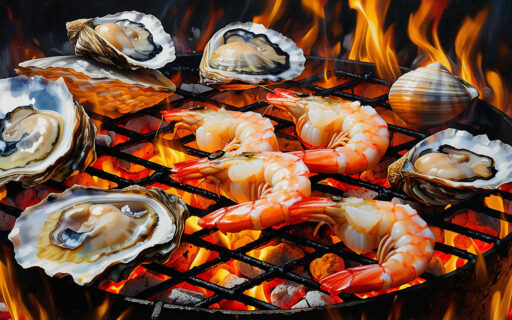
-
干物
Himono refers to salted and air-dried fish, a traditional Japanese preserved food. By removing moisture, the umami flavor becomes concentrated, giving it a rich and savory taste when grilled.

-
冷や汁
Hiyajiru is a local dish from Miyazaki, made by mixing miso with chilled broth and adding cucumber, tofu, and herbs. It is often poured over rice, refreshing in hot summer, and pairs well with drinks.

-
冷奴
Hiyayakko is a chilled tofu dish topped with condiments like green onions and ginger. Variations include meat miso. Letting it sit briefly enhances the flavor by reducing excess moisture.
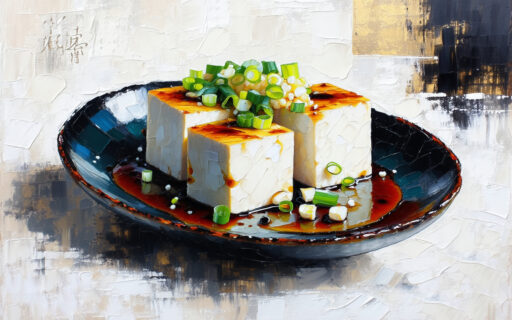
-
河豚
Fugu is a poisonous fish containing tetrodotoxin, especially in its liver and ovaries—said to be 500 times more toxic than cyanide. In Japan, special licenses are required to prepare it.

-
ふぐ刺し
A delicacy made by slicing the firm, muscular flesh of pufferfish into paper-thin pieces so thin that the plate’s design is visible beneath. Mild in flavor yet rich in umami, it is enjoyed with ponzu and grated chili radish as a refined Japanese specialty.
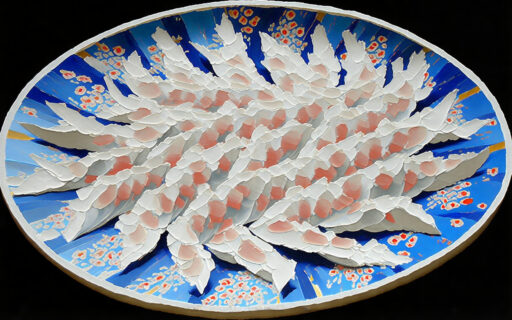
-
豚の角煮
A dish of pork belly simmered in soy sauce, sugar, and sake until tender. The fat becomes soft and rich, creating a melt-in-the-mouth texture. While little known in the West, it is a beloved dish in Japanese homes and izakaya.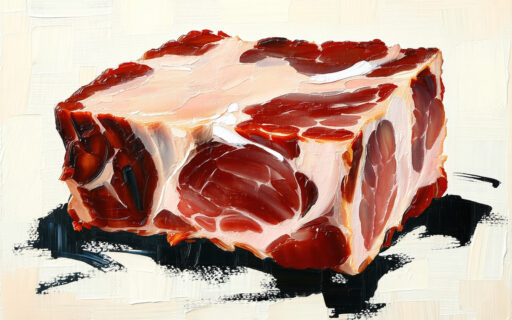
-
豚の生姜焼き
Buta no Shogayaki is a dish of thinly sliced pork sautéed in a soy sauce and ginger glaze. The sweet-salty flavor and aroma make it a classic rice companion, and it stands alongside tonkatsu as a signature Japanese pork dish.
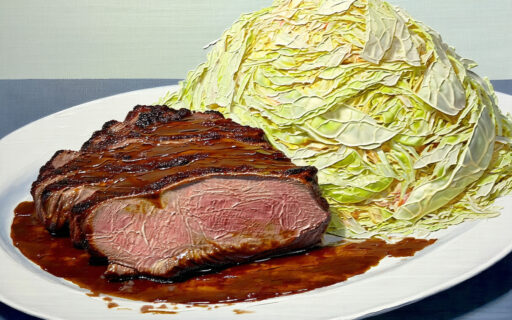
-
ぶり大根
This simmered dish steeps daikon in the rich flavors released from yellowtail trimmings. The tender, flavorful daikon often becomes the true star, and its sweet-savory taste pairs wonderfully with sake.

-
ポテサラ
In Japan, “potesara” is a popular abbreviation for potato salad, and it’s a staple on izakaya menus. Made with mashed potatoes mixed with mayonnaise, cucumber, carrot, and sometimes ham, each restaurant often adds its own twist.
-
明太子
Mentaiko is spicy cod roe seasoned with chili. Its unique spicy flavor makes it a versatile ingredient in dishes like pasta, grilled mentaiko, squid with mentaiko, and rice balls.

-
もんじゃ焼き
Monjayaki is a pan-fried batter dish from Tokyo’s downtown, different in origin from okonomiyaki. Its unique look may surprise foreigners, but its savory flavor pairs well with drinks.
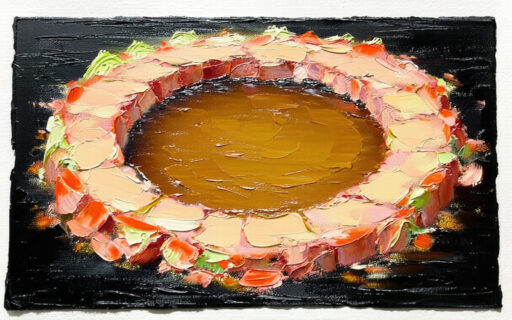
-
やきとり
Yakitori is a classic Japanese dish of skewered chicken grilled over charcoal and seasoned with either salt or sweet soy-based sauce. Each part of the chicken—like thigh, skin, liver, or gizzard—is served under unique names and flavors.

-
湯豆腐
Yudōfu is a simple hot pot made by warming water with kombu and gently simmering tofu. It is served with ponzu or soy sauce and condiments, highlighting the tofu’s delicate sweetness and warmth.
